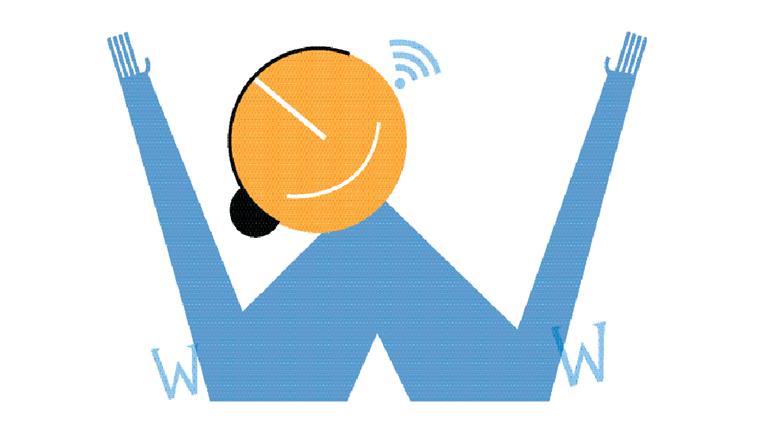 According to the study, only 43 per cent of women in India own mobile phones compared to almost 80 per cent of Indian males — mostly because of a lack of awareness.
According to the study, only 43 per cent of women in India own mobile phones compared to almost 80 per cent of Indian males — mostly because of a lack of awareness.
India has the highest gender gap in mobile phone ownership amongst 18 comparable countries and ranks among the lowest in women’s access to the Internet, a new study released Tuesday has found. According to the study, women, rural citizens, and those with lower education or income significantly lag behind in Internet and social media usage.
The study was released by LIRNEAsia, an information and communications technology (ICT) policy think tank that is involved in “pro-poor, pro-market” research in Asia-Pacific since 2005, in Delhi in the presence of Department of Telecommunications special secretary N Sivasailam and representatives of the Cellular Operators Association of India (COAI).
According to the study, only 43 per cent of women in India own mobile phones compared to almost 80 per cent of Indian males — mostly because of a lack of awareness. This difference of almost half surpasses all other countries in the survey, including Pakistan, Bangladesh and Rwanda.
The gender gap is accentuated in rural regions — a 52 per cent gap — compared to 34 per cent in urban areas. The study also found that India’s 57 per cent gender gap in Internet usage was surpassed only by Bangladesh and Rwanda and that the gender gap social media usage was even higher with wider divides only in Bangladesh.
At the event releasing the report, DoT special secretary Shri Sivasailam said that the research points were very actionable. “It is possible to act on this data and develop policies. I am pleased that we have a baseline for the first time ever,” he said.
According to the study, India also has a high distrust of news shared on social media — 29 per cent trust social media news while more than half did not. India also saw higher online harassment than Pakistan, Bangladesh, and Cambodia at 19 per cent of users. Much of this was offensive name-calling and in 20 per cent of such cases, it led to reduced use of the particular website.
According to LIRNEAsia, the 18-country study included comparative research done by ICT Africa in Africa and DIRSI in Latin America.
The study also found a substantial urban-rural divide in mobile phone ownership with 71 per cent urban penetration and 55 per cent rural. The urban-rural gap is comparable to that in Nigeria.
“India should be doing better than this because it is performing like the poorest countries in the sample,” said Helani Galpaya, CEO of LIRNEAsia. The report was funded by the Swedish International Development Cooperation Agency (SIDA) and Canada’s International Development Research Centre (IDRC).
Key findings in the study:
* 64 % said they did not know about the Internet – a higher percentage than the other countries except Pakistan and Bangladesh. 68 % of this group was female and 68 % were from rural areas.
* At 19 %, Internet use in India is lower than that of Nigeria, Ghana, Kenya and Cambodia.
* Awareness of platforms for e-commerce was higher in India than countries like Pakistan and Bangladesh.
* 27 % mainly use social media, 16 % use the Internet for entertainment and 15 % use it for news.
* A higher percentage of women used social media for marketing and educational content, while men used social media to chat – significantly more than women.
* Social media users in India share their political views at some of the highest rates. More than half shared their religion, 26 % share their sexual orientation, and more than 70 % per cent shared their mobile number or email address.
* Women shared information less than men in almost all categories except for political and sexual orientation.